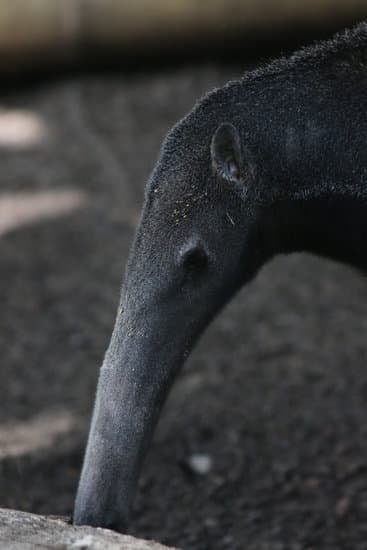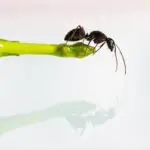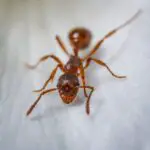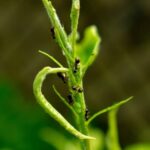How Do Ants Go Through Complete Metamorphosis?
During ant metamorphosis, an insect undergoes four different development stages. These stages include the egg, larva, pupa and adult. Each stage is different from the previous stage.
Ants belong to the order Hymenoptera. They have a well-organized society and are dedicated to defending their home and foraging for food. They live in colonies of up to 20 million individuals. The colony contains a queen and other males. The queen is the mother of all the colony members and takes care of the eggs. She also uses stored fat for nourishment.
The eggs are white and oval in shape. They are protected on a secret surface. They are usually deposited by the female ovipositor. Some eggs are eaten by nestmates. Occasionally, ants may produce unfertilized eggs that are hatched by the males.
The larvae look nothing like an ant. They are worm-like and lack limbs. They feed on the food regurgitated by the adults. They molt several times in their larval stage. Some species of ants spin cocoons for protection. The larvae become pupae after a few days. Their legs and antennae will begin to develop. They will eventually darken and look like an adult ant.
Pupae are located in a fetal position. The pupae is transparent during the first few days. After several days, it becomes dark. After the pupae molts, the adult ant emerges.
The queen is the mother of all ants and takes care of the eggs. She lays most of the eggs. She also uses the muscles in her wings to provide nourishment. The colony will collapse if she dies. The queen may live for decades.








